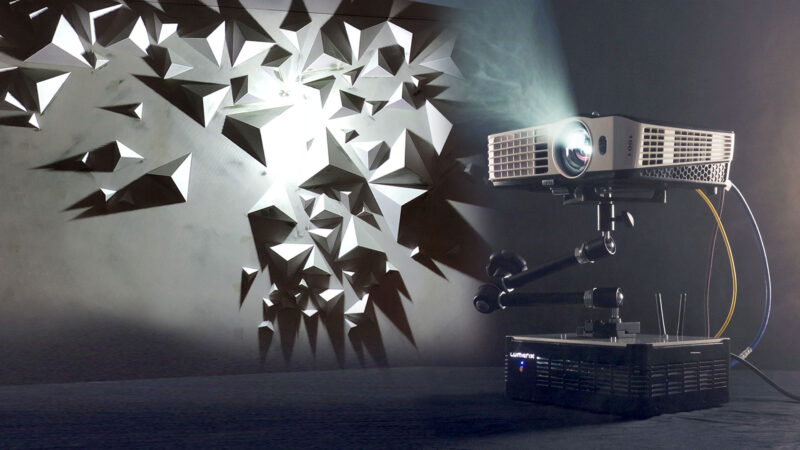Video mapping, also known as projection mapping or spatial augmented reality, has transformed the way we perceive and interact with spaces. The roots of this innovative technology can be traced back to the late 1960s when artists and engineers began experimenting with projecting video onto three-dimensional objects.
The early pioneers of video mapping used analog projectors and traditional film techniques to create mind-bending visual experiences. Some notable examples include the work of artist Michael Naimark, who projected video onto objects and environments to create immersive installations.
As technology advanced, so did video mapping. The advent of digital projectors and computer software in the late 1990s brought new possibilities to the field. Artists and designers now had more control over the projection mapping process, allowing them to manipulate visuals in real-time and synchronize them with audio and other interactive elements.
Advancements and Breakthroughs in Video Mapping Technology
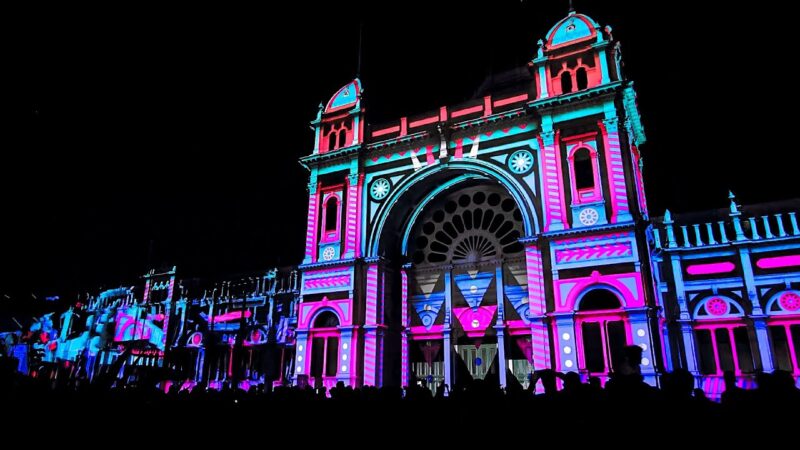
In recent years, video mapping has reached new heights with advancements in technology and software capabilities. One of the major breakthroughs in the field is the development of 3D mapping techniques. By using specialized software, artists and technicians can accurately map video content onto complex surfaces, such as buildings, sculptures, and landscapes.
Another significant advancement is the integration of motion tracking and interactive elements into video mapping installations. This allows audiences to actively participate in the experience by interacting with projected content through motion or touch sensors. For example, a projection on a building facade could respond to people’s movements, creating an interactive dance of light and motion.
Furthermore, the use of high-resolution projectors and LED screens has greatly enhanced the visual quality of video mapping. With more pixels and brighter displays, video mapping can now create stunning visuals that rival traditional forms of media.
Unleashing Your Imagination: Creative Possibilities with Video Mapping
Transforming Architecture into a Canvas
One of the most exciting aspects of video mapping is its ability to transform architecture into a canvas for artistic expression. Buildings become dynamic and ever-changing works of art, as projectors bring static facades to life with moving images, colors, and textures.
Architectural video mapping offers a unique opportunity for artists and designers to engage with urban environments and create immersive experiences for audiences. From projecting historical narratives onto historical landmarks to transforming the facade of a modern building into a surreal landscape, the possibilities for creative expression are endless.
Video mapping can also be used to enhance the architectural features of a building. By projecting visually stunning patterns and textures onto surfaces, architects and designers can create a sense of depth and dimension that would be impossible to achieve with traditional materials alone.
Creating Immersive Experiences with Projection Mapping
Video mapping goes beyond simply projecting images onto surfaces; it creates immersive experiences that transport audiences to different worlds. By combining visuals, sound, and interactive elements, projection mapping installations can evoke emotions and engage multiple senses.
For example, a museum exhibition can use video mapping to recreate historical scenes, allowing visitors to step back in time and experience significant events firsthand. Similarly, a music concert can utilize projection mapping to enhance the stage design and create a captivating visual backdrop that complements the performance.
Projection mapping can also be used in theater productions to create dynamic sets and visually stunning backdrops. By mapping video onto stage props and scenery, directors and set designers can transform the stage into a virtual reality where anything is possible.
Engaging Audiences with Interactive Video Mapping
Interactive video mapping takes audience engagement to the next level. By incorporating motion tracking and other interactive technologies, projection mapping installations can respond to the presence and movements of viewers, creating a deeply immersive and participatory experience.
Interactive video mapping installations are often used in public spaces, such as city squares or shopping malls, to create interactive art installations that engage passersby. For example, a projection of a virtual garden may react to people’s movements, blooming flowers or rustling leaves as they walk by.
In marketing and advertising, interactive video mapping can be used to create unforgettable brand experiences. By allowing consumers to interact with projected content, brands can leave a lasting impression and foster a deeper connection with their target audience.
The Power of Video Mapping in Advertising and Marketing
Amplifying Brand Messages through Projection Mapping
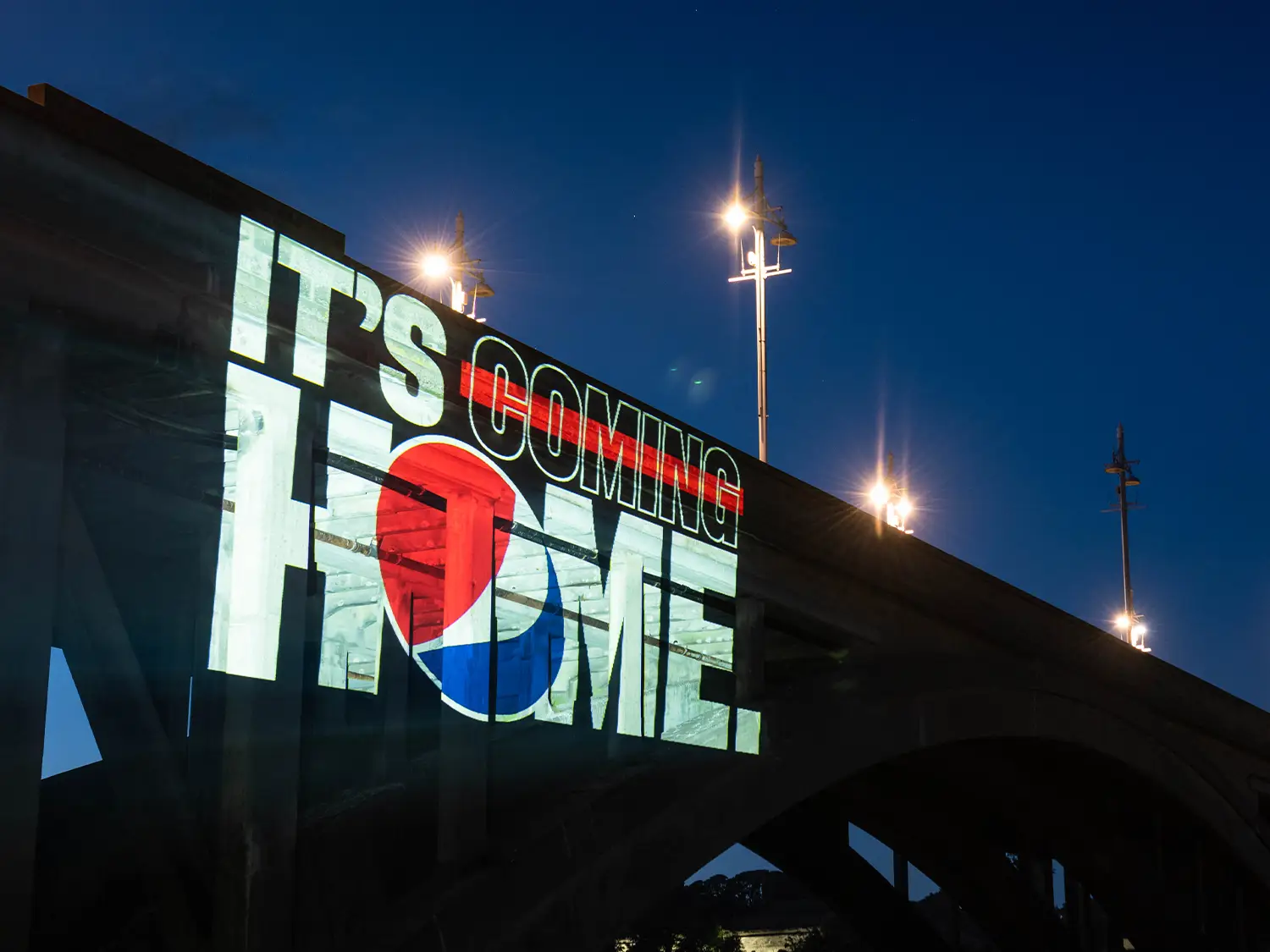
Video mapping has become an increasingly popular tool for advertisers and marketers to create memorable brand experiences. By merging the physical space with projected visuals, brands can amplify their message and captivate their audience in a unique and impactful way.
Projection mapping allows brands to tell their story in a visually compelling manner, creating a sense of enchantment and wonder. Whether it’s projecting a brand’s logo onto a building or creating an immersive video installation at a product launch, video mapping grabs attention and leaves a lasting impression.
Furthermore, video mapping can be used to personalize the brand experience by tailoring content to specific locations or events. By creating custom projections that reflect the local culture or align with the event theme, brands can establish a stronger connection with their target audience.
Captivating Audiences with Projection Mapping in Events
Projection mapping has become a staple in event production, transforming ordinary venues into extraordinary experiences. Whether it’s a corporate conference, a music festival, or a wedding reception, video mapping can elevate the event to new heights.
Event organizers can use video mapping to create immersive environments that transport attendees to different worlds. From transforming an event space into a tropical paradise to simulating an underwater adventure, projection mapping allows for limitless creative possibilities.
Additionally, projection mapping can be used to enhance stage performances by creating visually stunning backdrops that complement the music or the theme of the event. Interactive elements can also be incorporated to engage the audience and create a memorable experience for attendees.
Enhancing Product Launches with Video Mapping
Product launches are crucial moments for brands, as they seek to create buzz and generate excitement around their new offerings. Video mapping can play a key role in enhancing product launches by creating immersive and visually captivating experiences.
By projecting visuals onto product displays or incorporating video mapping into live demonstrations, brands can showcase their products in a way that captures attention and leaves a lasting impression. Video mapping installations can highlight key features, tell the story behind the product, and create a sense of anticipation among consumers.
Furthermore, video mapping can be used to create interactive product experiences, allowing consumers to explore different aspects of the product through touch or gesture-controlled interactions. By making the product launch more engaging and interactive, brands can generate excitement and build brand loyalty.
Video Mapping Services: Choosing the Right Partner
Understanding the Scope and Expertise of Video Mapping Companies
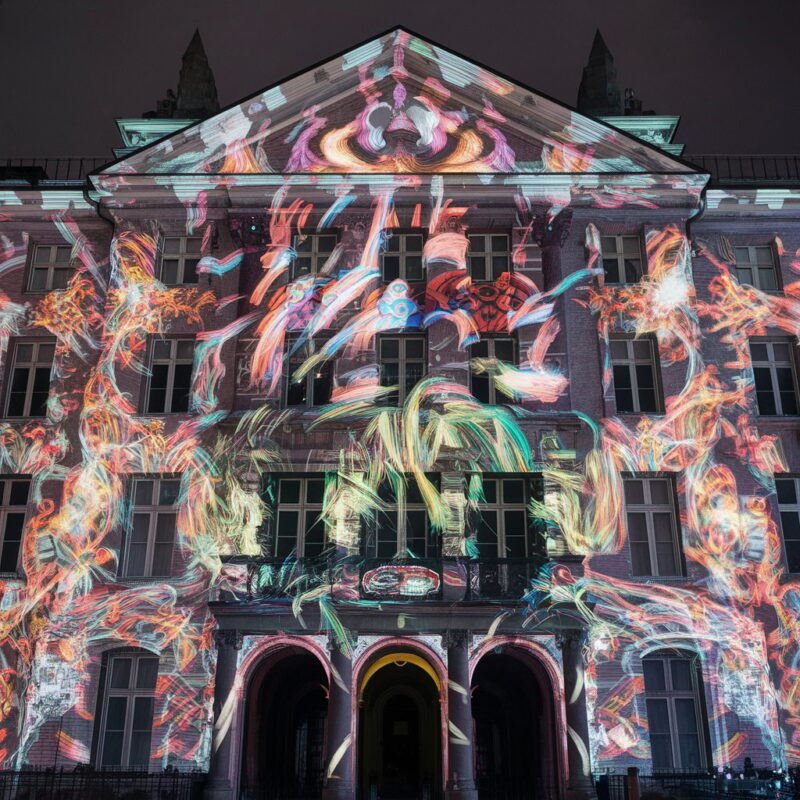
When it comes to implementing video mapping projects, choosing the right partner is essential. Video mapping companies specialize in creating immersive visual experiences and have the technical expertise to bring ideas to life.
It’s important to understand the scope of a video mapping company’s capabilities before hiring them. Some companies focus on large-scale installations, such as architectural projections, while others specialize in smaller, interactive experiences. Assessing their portfolio and previous projects can give you a better understanding of their expertise.
Additionally, consider the technologies and software solutions used by the video mapping company. Cutting-edge technologies can result in higher-quality visuals and more interactive experiences. A company that stays up-to-date with the latest advancements in video mapping technology will be better equipped to deliver innovative and impactful installations.
Factors to Consider in Selecting a Video Mapping Service Provider
Choosing a video mapping service provider involves considering several factors to ensure a successful collaboration. First and foremost, assess the company’s experience and reputation in the industry. Look for testimonials from previous clients and check if they have received any awards or recognition for their work.
It’s also important to evaluate the company’s creative capabilities and whether their aesthetic aligns with your vision. Every video mapping project is unique, and finding a partner who shares your artistic sensibilities can result in a more harmonious collaboration.
Finally, consider the level of support and customer service provided by the video mapping services provider. Clear communication and ongoing support are essential to ensure the success of your project.
Case Studies: Success Stories of Video Mapping Projects
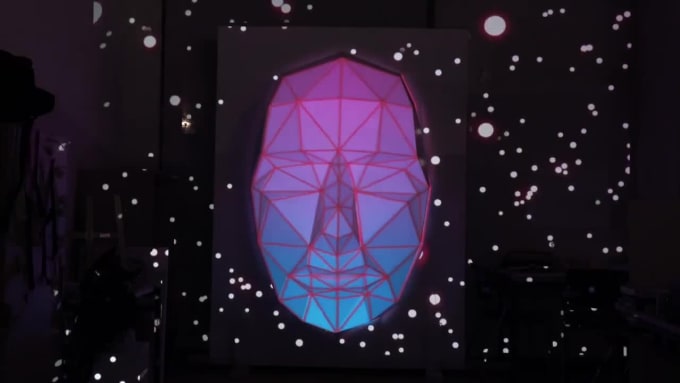
Examining case studies of successful video mapping projects can provide valuable insights and inspiration for your own ventures. Look for projects that are similar in scope or industry to gain a better understanding of what can be achieved with video mapping.
Some notable examples include the Sydney Opera House lighting projection during Vivid Sydney, where the iconic building was transformed into a canvas for mesmerizing visuals. Another remarkable case study is the Coca-Cola Christmas campaign in Lisbon, where a video mapping spectacle brought joy and excitement to the streets of the city.
By studying these success stories, you can gain insights into the creative process, technical challenges, and the impact that video mapping can have on spaces and audiences.
In conclusion, video mapping has revolutionized the way we engage with the world around us. From its humble beginnings to the advancements in technology, this innovative art form has opened up a world of creative possibilities.
Whether transforming architecture into a canvas, creating immersive experiences, or amplifying brand messages, video mapping offers a new way to captivate and engage audiences. By choosing the right video mapping service provider and studying successful case studies, you can unlock the true potential of this magical technology. So unleash your imagination and dive into the world of video mapping, where art and technology intertwine to create unforgettable experiences.
